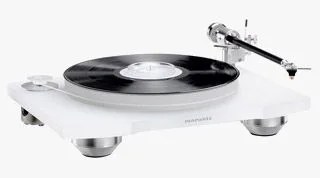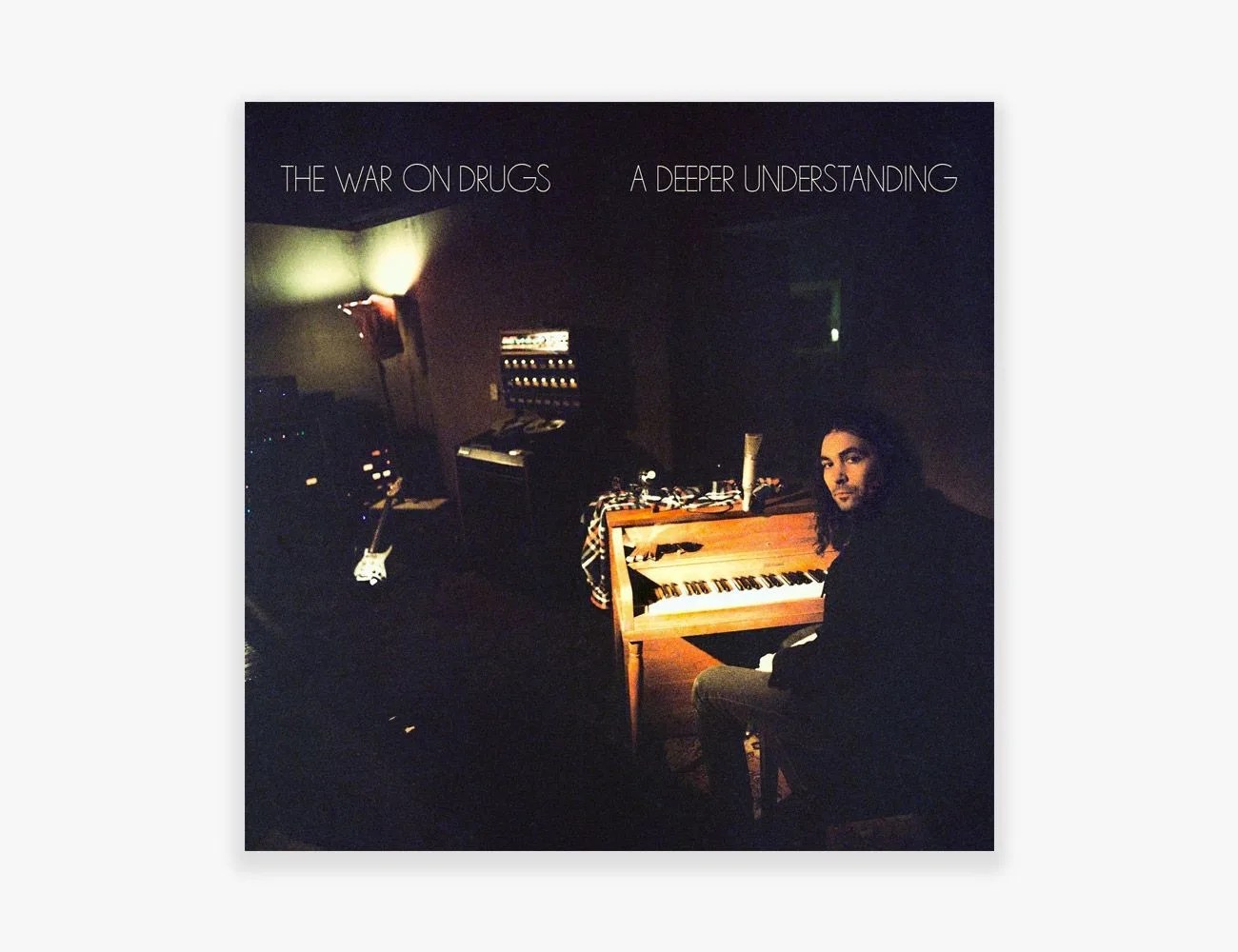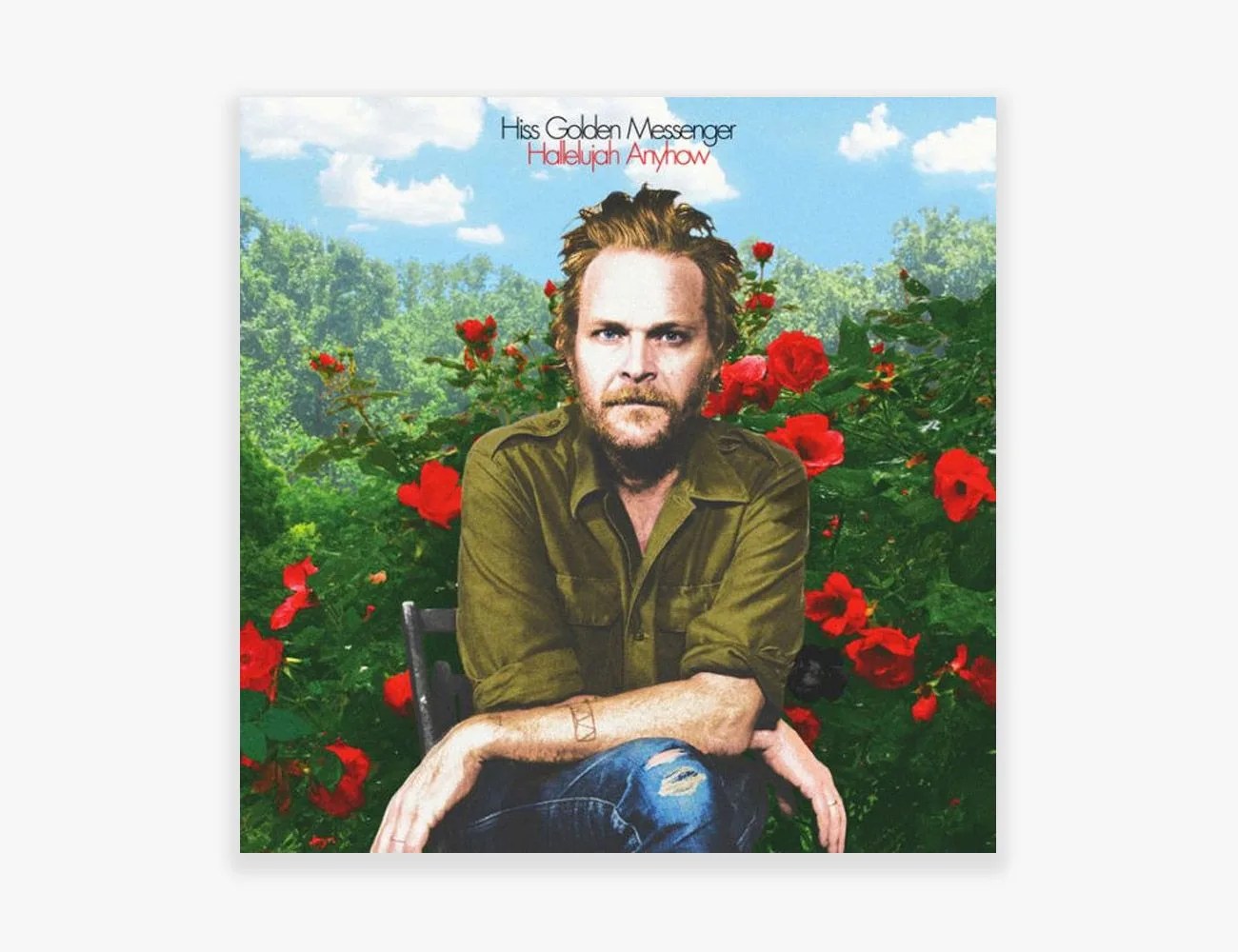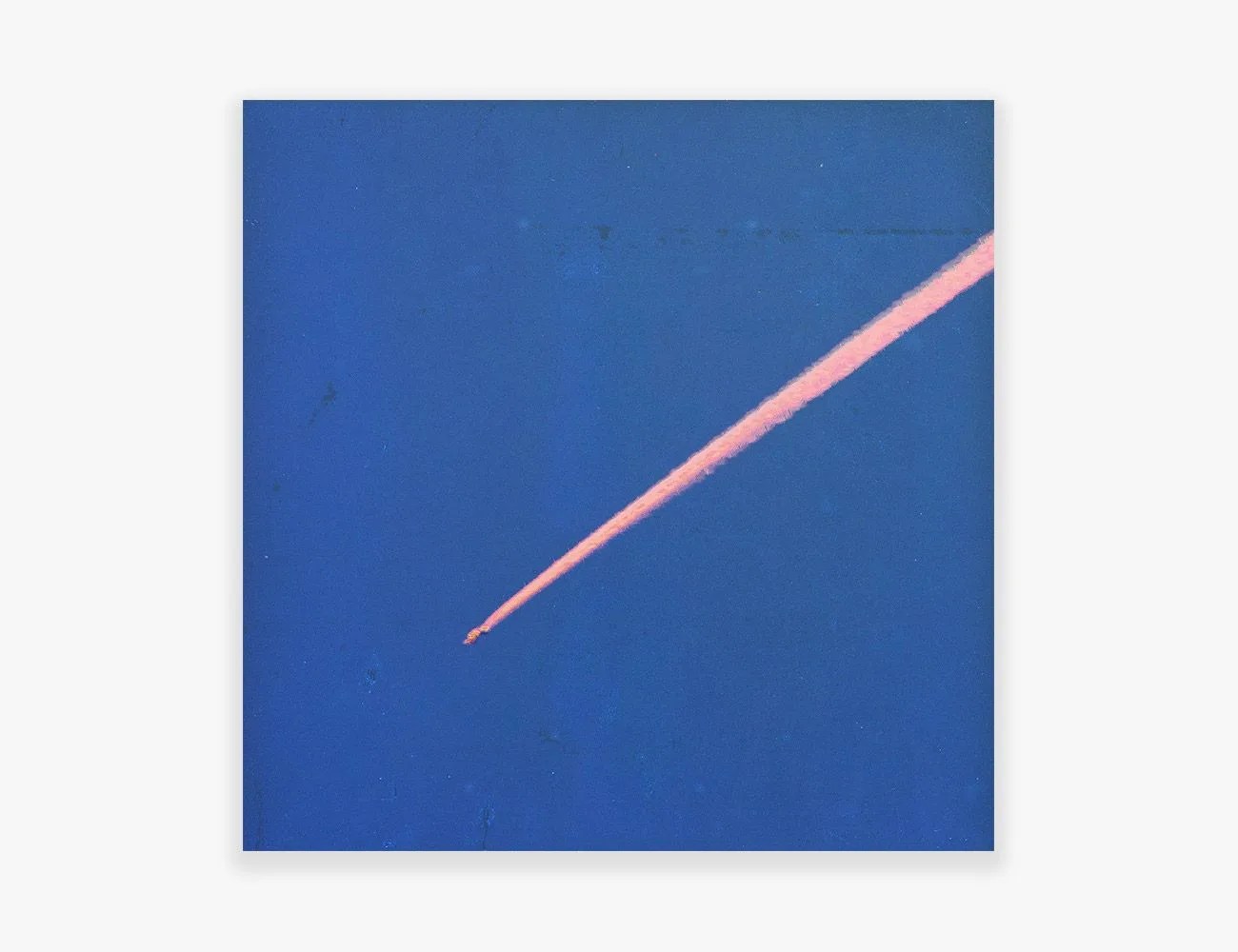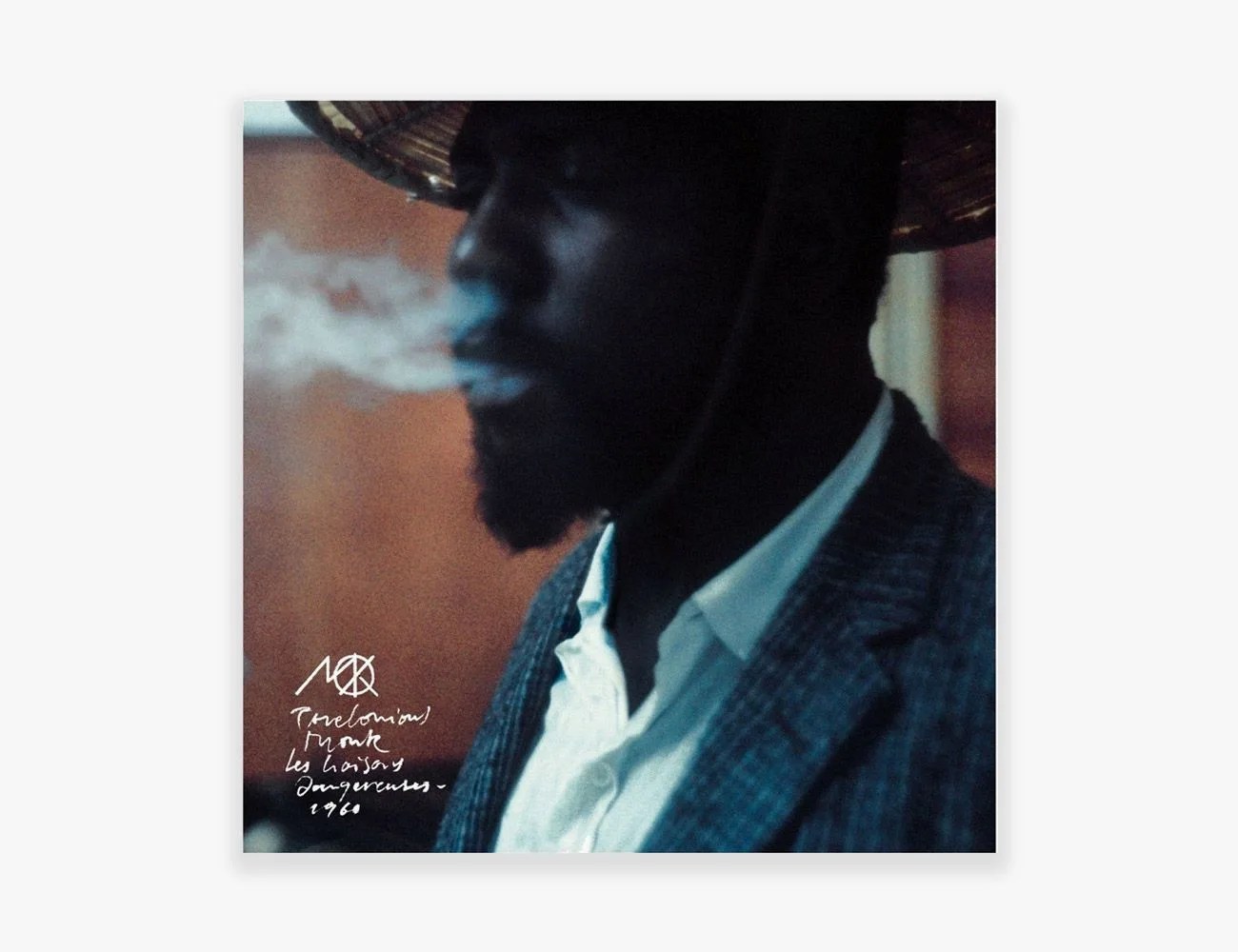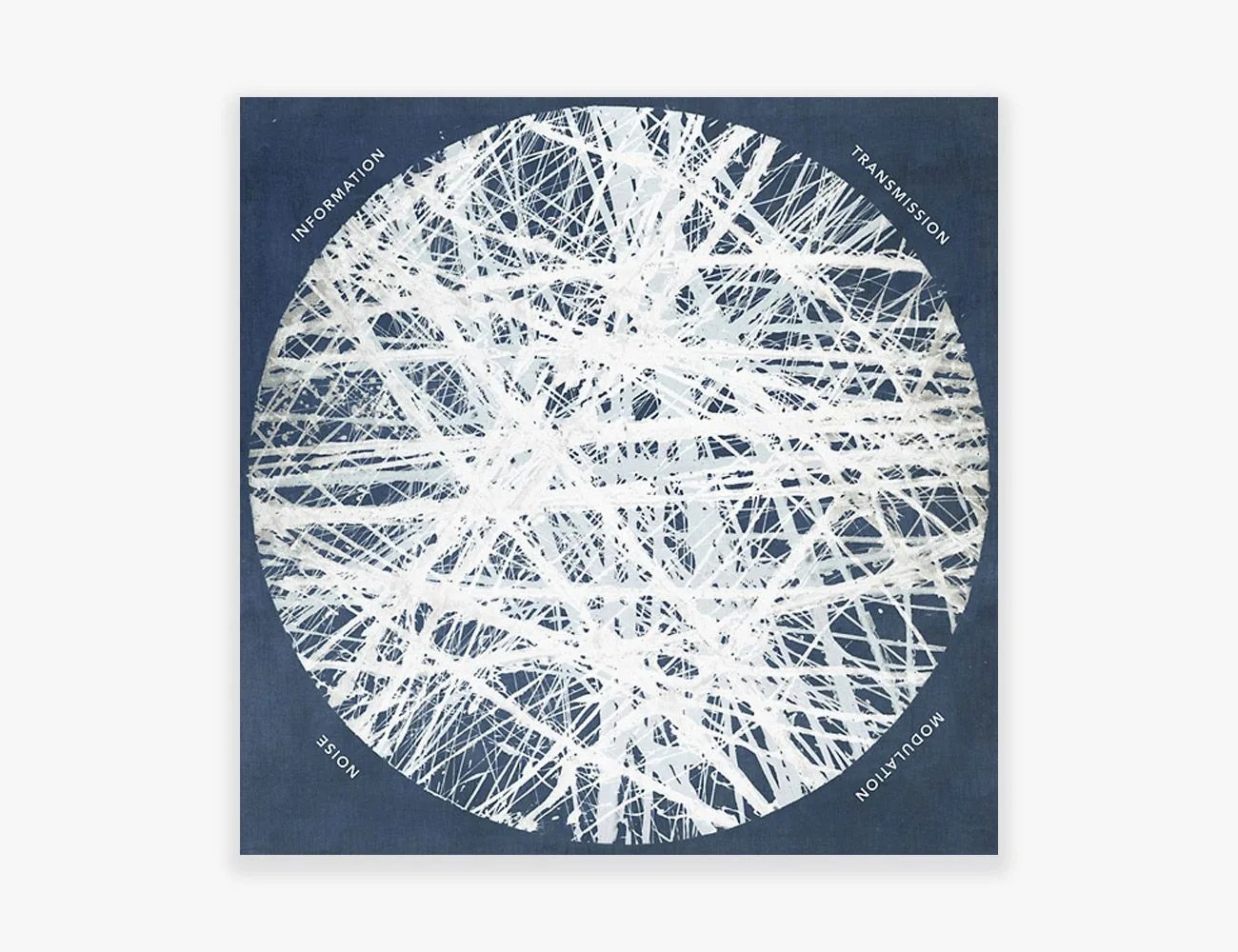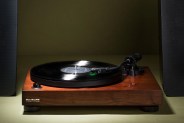5 photos
I’ve owned a Marantz JJ1200 turntable since high school — stole it from my then stepmom, or liberated it, you might say, from her basement rec room. It’s difficult to fathom it now, but back then the JJ1200 was exotically high-end, the DeLorean of turntables — sleek and Japanese-made, quiet as a nun; just shy of Bang & Olufsen on the design spectrum — and the theft might’ve technically qualified as grand larceny. The statute of limitations expired long ago, however, and today the thing is a mess, all scuffed and scoured as if it had survived a house fire, the silver coat worn to a dull, sluggish lager. I’ve never replaced the belt or stylus. The motor is vintage. I reckon I’ve played it somewhere in the neighborhood of 80,000 hours, or about 40-times the manufacturer recommended length between replacing parts. But it still runs like a top. It’s a replicant that will outlast future generations.
I’m reluctant to tamper with the JJ1200 because it speaks of something that I can’t quite identify, the archival language of childhood, perhaps, of hardbitten girlfriends and Yo! MTV Raps, of parachute pants and mom’s enchilada casserole, of the Space Shuttle Challenger Disaster and Tom Berringer as leading-man material. Maybe I’m emotionally frozen at age 14, but 28-years later, I can recall precisely how it felt to play a first LP, Led Zeppelin’s Houses of the Holy, on the JJ1200. Chuck Klosterman calls Houses Zep’s “best album.” Let me be clear about this: of their eight studio albums, Houses is unquestionably and inarguably Led Zeppelin’s seventh-best album — but it was a perfect choice for me. Something about the simplicity and bombast, the power and vulnerability, of those opening Jimmy Page notes on “The Song Remains the Same,” created this fantastic sledgehammer electro-fuzz as the stylus dipped into the groove, like headlights clicking on-and-off on a dark highway. I knew things had changed forever.
I’ve inadvertently landed on something that has for decades defined Marantz turntables: an obsessive, fearlessly forward-thinking, near-molecular jiggering with sound quality. The company is leagues ahead of everything happening in analog technology.
There was more fun to be had: “Times Fades Away,” “Eat a Peach,” “Rumours,” “Paid in Full,” and “Catch a Fire.” I considered it a sacred responsibility to listen to these records all the way through, from beginning to end, Side A, then Side B. They told stories in a way, and as such were my first windows onto the outside world. To interrupt them by skipping around would be like glancing past Prince Andrei’s death in War and Peace. They demanded your full attention. The JJ1200 was the conduit.
One more JJ1200 memory: After fleeing the Nazis in 1936, Karl Haas, the classical music radio host, settled in Detroit, where he began his great syndicated radio program, Adventures in Good Music. Equally hard to fathom today, but this quiet hour of classical music and commentary was, for a time, the most listened-to radio program in the country. Even to a 14-year-old, it was obvious that what Beethoven and Bach, Haydn and Schumann, Ravel and Chopin were after was the same thing as Jimmy Page: formal invention that evolved and atomized the standards of musical composition. And, well, you know, the lipstick stains of stardom (Ravel, I guessed, leaned towards fierce Polish girls in wool skirts). Which was more-or-less how I came to own Ravel’s L’oeuvre d’Orchestre on LP: the looming possibility (or impossibility, as it turned out) of adolescent sex. I plucked it from the dollar bin one day and set it on the JJ1200. Again, that static-y, imperfect, weirdly assaultive force just floored me.
Marantz TT-15S1






